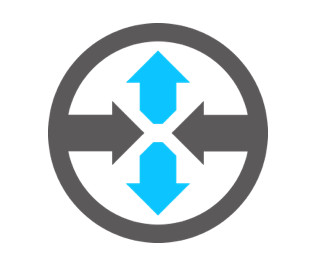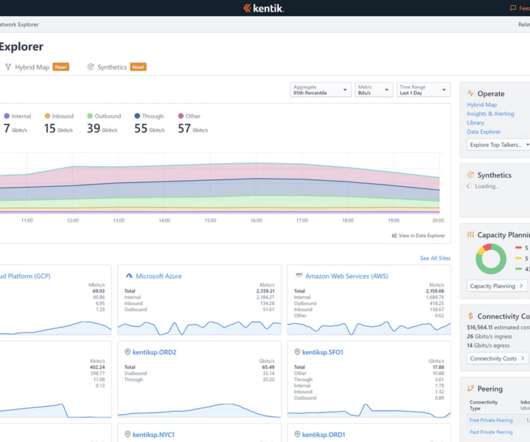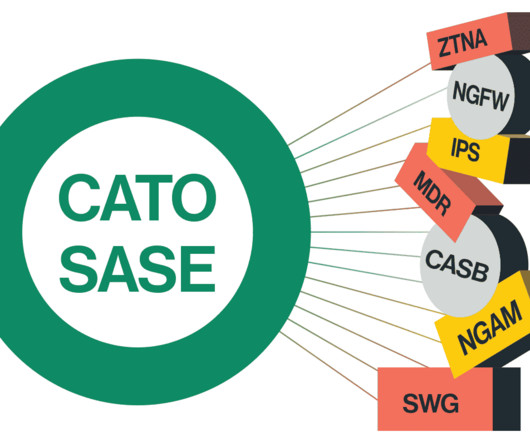Trying to understand some networking concepts [closed]
Network Engineering
JANUARY 31, 2025
I embarked on an embedded project to learn more about networking. Let's say I'm looking to have a PLC as a Modbus TCP server with dual Ethernet ports. On one port I would like to connect the PLC to a LAN either in star or ring topology. The second port should be used to connect other ethernet devices/PLCs in daisy chain.













Let's personalize your content